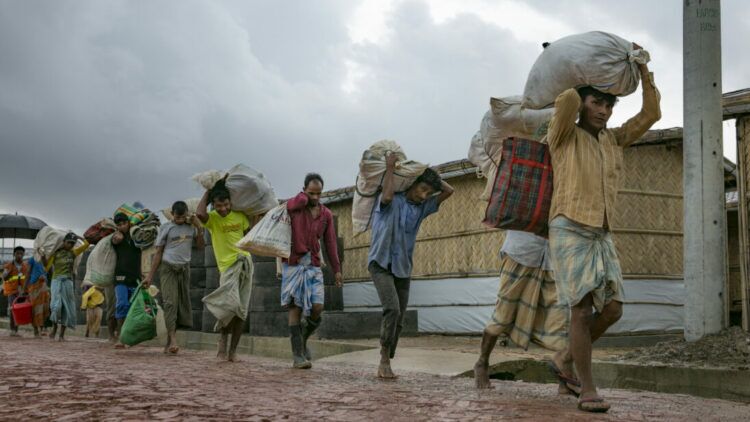Climate change is increasingly driving migration, with rising sea levels, severe droughts, and catastrophic weather events displacing millions of people. These “climate refugees” often come from vulnerable regions like the Pacific Islands, sub-Saharan Africa, and parts of Southeast Asia, where environmental degradation has rendered large areas uninhabitable. Despite the urgency, current international immigration frameworks do not formally recognize climate-induced displacement, leaving many without legal protection or the right to resettle in safer regions.
Countries like New Zealand are leading the way by exploring new visa categories for climate migrants, while the European Union has begun to integrate climate migration into broader refugee and asylum policies. However, many countries remain hesitant to create policies for climate refugees, fearing the potential influx of migrants or the legal complexities of defining climate-driven displacement.
Global cooperation is essential in addressing climate migration, as no single nation can handle the growing number of displaced individuals alone. International agreements and updated immigration laws are crucial to providing safety and legal pathways for those fleeing climate disasters.






![[5] Elysian EMPIRE?! | EU4 Third Odyssey | Elysia](https://cdn-gffmd.nitrocdn.com/gjoSNeYBsqSNoPxmYqKYbyquENOuuAdw/assets/images/optimized/rev-59a311a/198immigrationnews.com/wp-content/uploads/2021/10/1634740868_maxresdefault-120x86.jpg)
